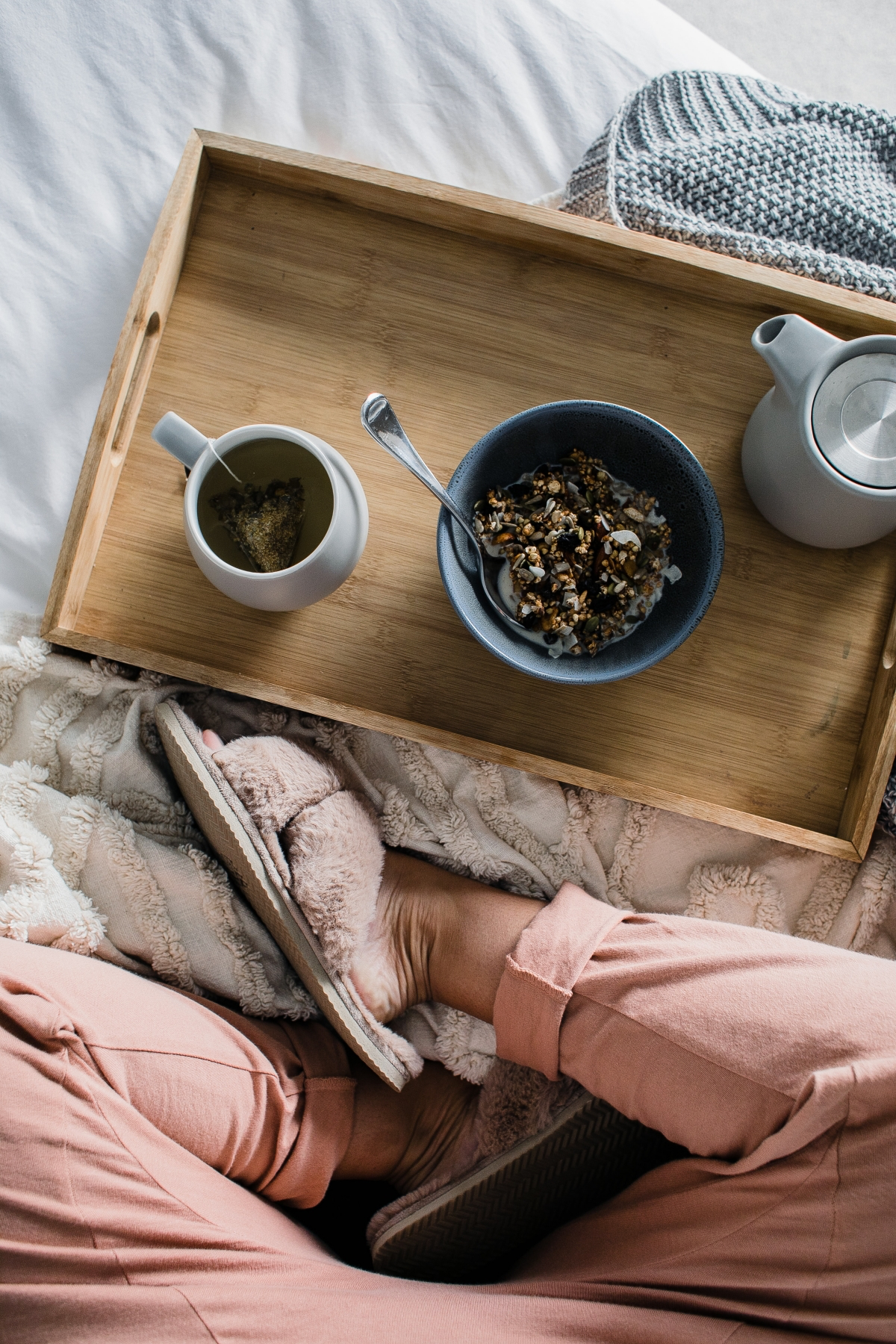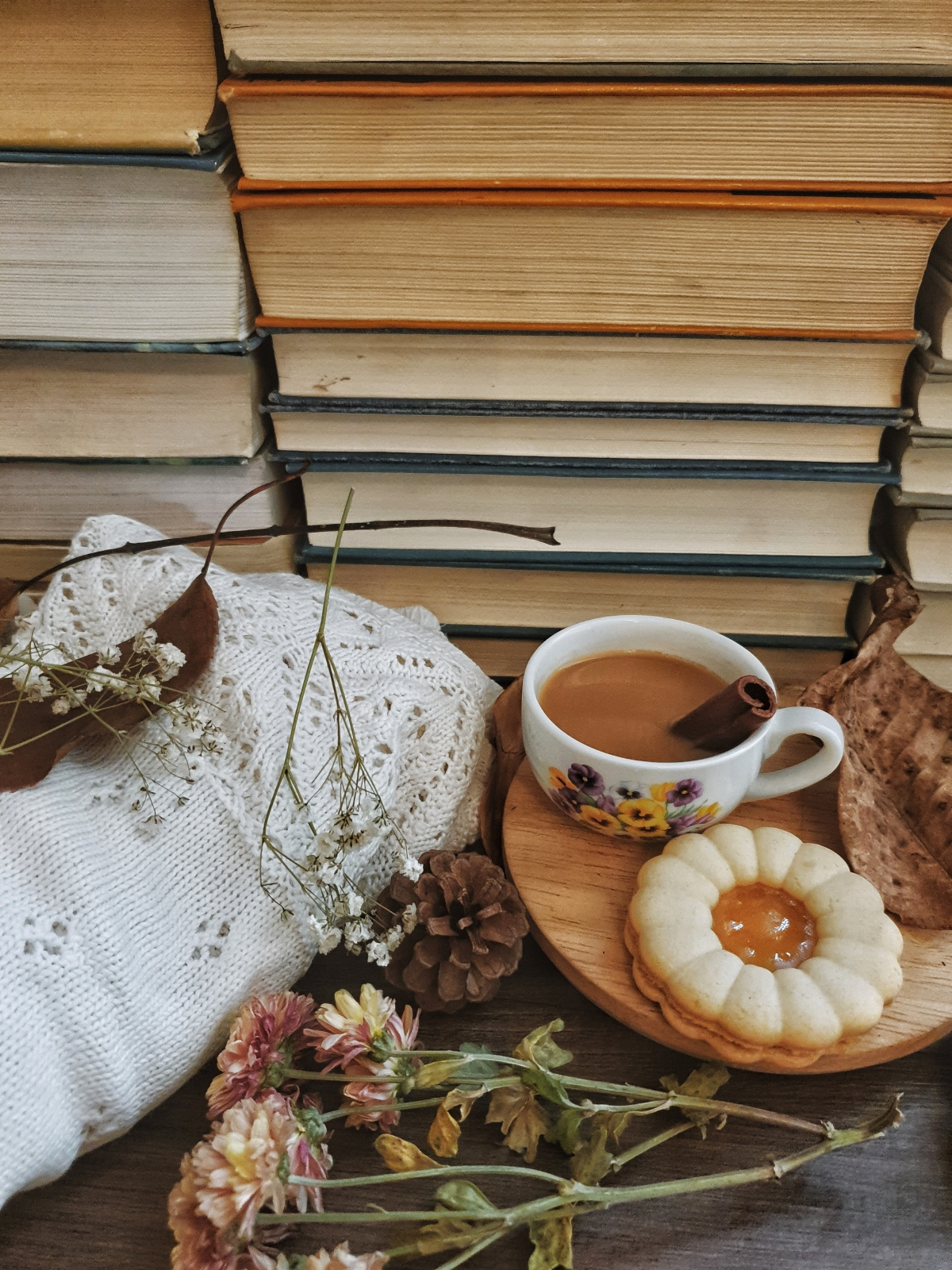Feeling the Fall Funk? Here’s How to Work With the Season, Not Against It
For the longest time, I really fought the shift into autumn. I’m talking full-on resistance. The shorter days and that first crisp, cool bite in the air felt like an ending—a loss of all the vibrant energy and freedom that comes with summer. It took years of working in the wellness space, observing my own patterns and those of my clients, to finally get it.
In this article
Autumn isn’t the end. It’s a necessary, powerful transition. Our bodies are incredibly tuned in to these natural cycles, and learning to work with the season instead of fighting it is one of the most practical things you can do for your health. This isn’t about staging a perfect life full of pumpkin spice lattes and chunky knit sweaters (though, hey, no judgment here!). It’s about making small, intentional tweaks to your daily rhythm.
These little adjustments acknowledge the very real physiological and psychological shifts that happen when the light and temperature change. And honestly, I’ve seen these simple practices help people feel more grounded, sleep better, and keep their energy stable right through the fall and into winter. This guide is a collection of that experience, blending what the science says with what actually works in the real world.

First Things First: Let’s Talk About Light
The single most significant change in autumn is the light. The days get shorter and the sun sits lower in the sky. This isn’t just a poetic detail; it has a direct, measurable effect on your brain chemistry and internal clock. Getting your head around this is the first step to feeling good all season.
So, What’s Actually Happening in Your Brain?
Your body runs on an internal 24-hour cycle, often called the circadian rhythm. Think of it as your master clock. It controls your sleep, hormone release, and energy levels, and its main cue is light. When bright light enters your eyes in the morning, it signals your brain to hit the brakes on melatonin (the sleep hormone) and fire up hormones like cortisol that help you feel awake and sharp.
In autumn, a double-whammy happens. First, we get less morning light, which can make it tough for our internal clock to get a strong “wake-up” signal. This can lead to that groggy, sluggish feeling that just won’t quit. Second, the earlier darkness tells the brain to start making melatonin sooner in the evening. If you ignore that cue and stay up scrolling on your phone or watching TV under bright artificial lights, you create a major conflict between your internal clock and your habits. This little war can seriously mess with your sleep quality and mood.

For some people, this reduced light can even contribute to a more serious condition. While a clinical diagnosis always requires a doctor, many of us experience a milder form of the “winter blues,” and managing your light exposure is a fantastic first line of defense.
Your Action Plan for Better Light Exposure
Okay, so now that you know the why, what can you actually do about it? The good news is you have options, from totally free to a small investment.
The Free and Easy Method: Morning Sun
The best and most effective tool is completely free: morning sunlight. Seriously. Aim to get outside for 15-20 minutes within the first hour of waking up. And yes, you really do need to be outside. While sitting by a sunny window is nice, the glass filters out a lot of the specific light wavelengths your brain needs. So, take your coffee out on the porch, walk the dog, or just stand on your balcony for a few minutes. It works wonders.

A common mistake I see? People wear sunglasses on their gloomy morning walk. For this specific purpose, leave them at home! Your eyes need to register the full-spectrum light, even on an overcast day, to send that crucial “wake up” signal.
For Dark Mornings: The Light Therapy Lamp
What if you wake up when it’s still pitch black outside? This is where a light therapy lamp (often called a SAD lamp) can be a total game-changer. But you have to use it right to get the benefits.
- What to Buy: Look for a lamp that provides 10,000 lux of light, which is the standard for effectiveness. You can find basic, solid models at stores like Target or online for between $40 and $60, while more advanced or designer versions can run you $150 or more.
- How to Use It: For 20-30 minutes, switch it on while you’re having breakfast or checking emails. Quick tip: Don’t stare directly at it! Just position it off to the side, about an arm’s length away, so the light is hitting your face from an angle.
- When to Use It: ALWAYS in the morning, within the first hour of waking up. A heads up: Using it in the afternoon or evening can seriously disrupt your sleep, so stick to a morning routine.
A Quick Win You Can Do Tonight

Here’s something you can do in less than a minute that makes a real difference. Go into your phone’s display settings and schedule ‘Night Shift’ (on iPhone) or ‘Eye Comfort Shield’ (on Android) to turn on automatically at sunset. This reduces the amount of blue light from your screen in the evening, which helps your brain’s natural melatonin production stay on schedule. It’s a small change, but a great first step.
By the way, if you want to take it a step further, smart bulbs are fantastic. You can get a single bulb for around $15 and program it to automatically dim and shift to warmer tones in the evening, mimicking a natural sunset right in your living room. It’s a brilliant way to automate your wind-down routine without even thinking about it.
Galerie d’inspiration


How can you capture the essence of a crisp autumn day indoors?
Scent is a powerful mood-shifter. Instead of overly sweet synthetic candles, try a diffuser with essential oils. A blend of three drops of wild orange, two drops of cinnamon bark, and one drop of clove oil from a brand like NOW Foods creates a warm, uplifting atmosphere. For a simple, tech-free option, simmer a pot of water on the stove with orange peels, a cinnamon stick, and a few whole cloves. It humidifies the dry air and makes your entire home feel like a cozy sanctuary.

An estimated 80% of the ‘happy hormone’ serotonin is produced in the gut, not the brain.
This highlights why seasonal eating is so crucial for mood. As your energy needs shift, focus on gut-friendly, warming foods. Think roasted root vegetables (carrots, sweet potatoes), fiber-rich legumes in soups and stews, and fermented foods like sauerkraut or kefir. These choices support the gut microbiome, which in turn can help stabilize your mood and energy through the darker months.
As the season invites us to slow down, our exercise can reflect that. It’s less about high intensity and more about mindful movement.
- Grounding Trail Walks: Focus on the sound of crunching leaves and the smell of damp earth. This type of movement lowers cortisol.
- Restorative Yoga: Poses held for longer periods, often supported by bolsters and blankets, soothe the nervous system.
- Gentle Stretching: Especially in the morning, to ease stiffness from cooler temperatures and promote blood flow without a major energy expenditure.










